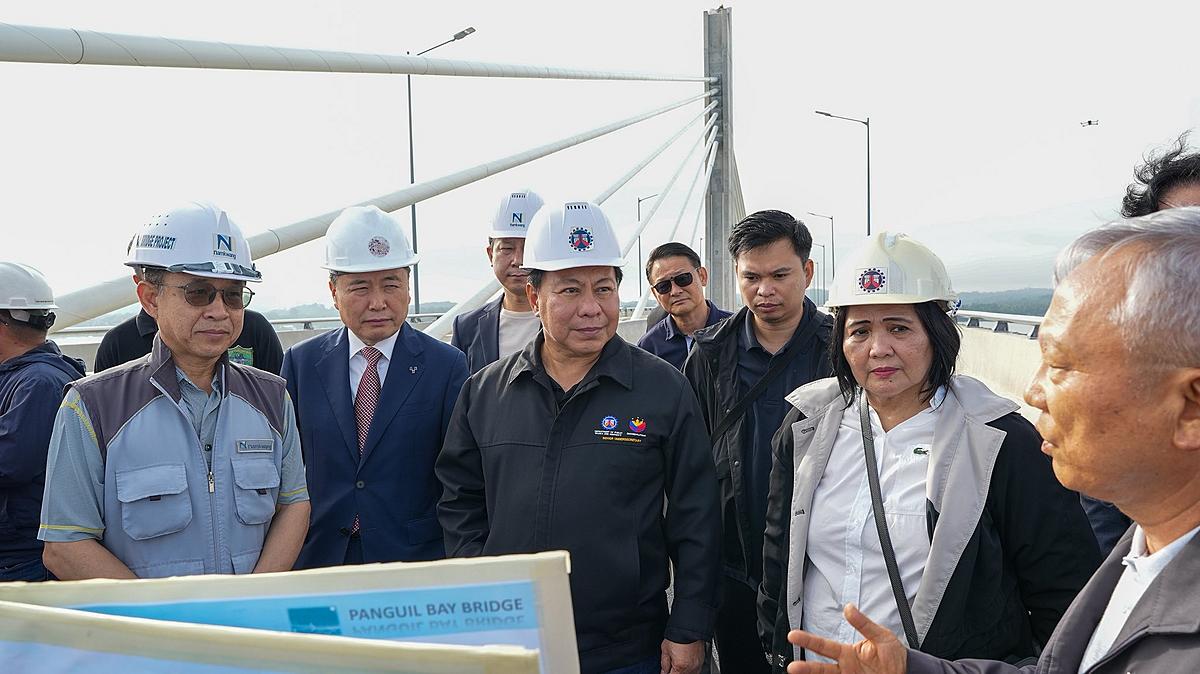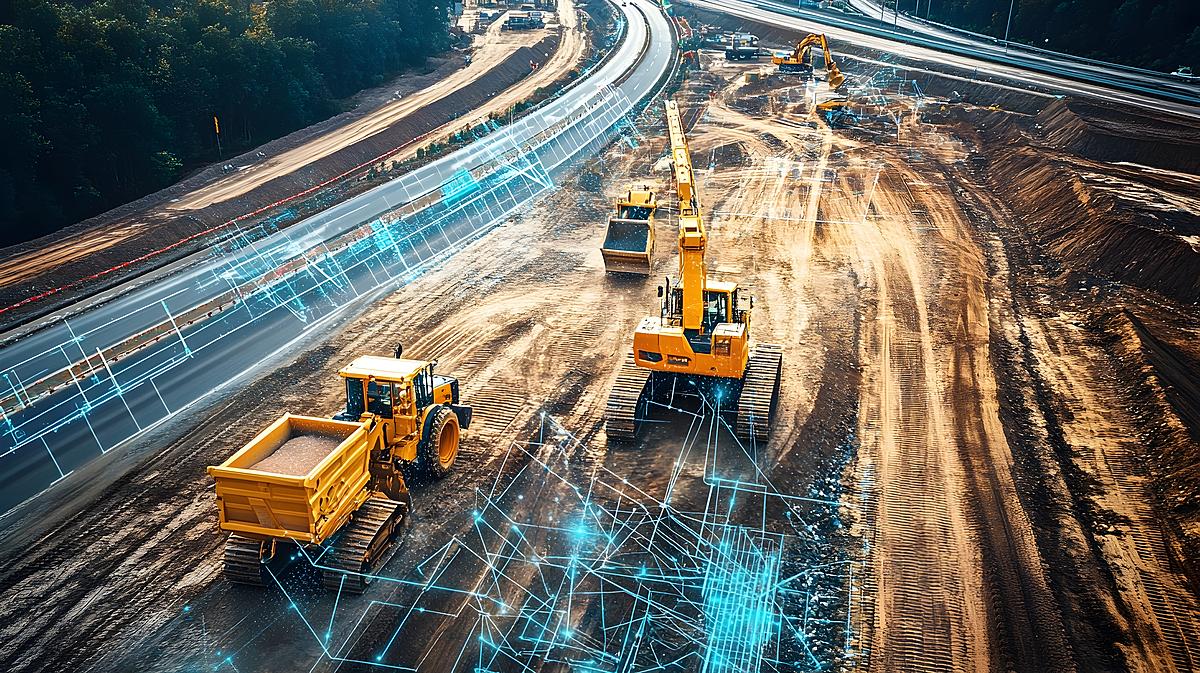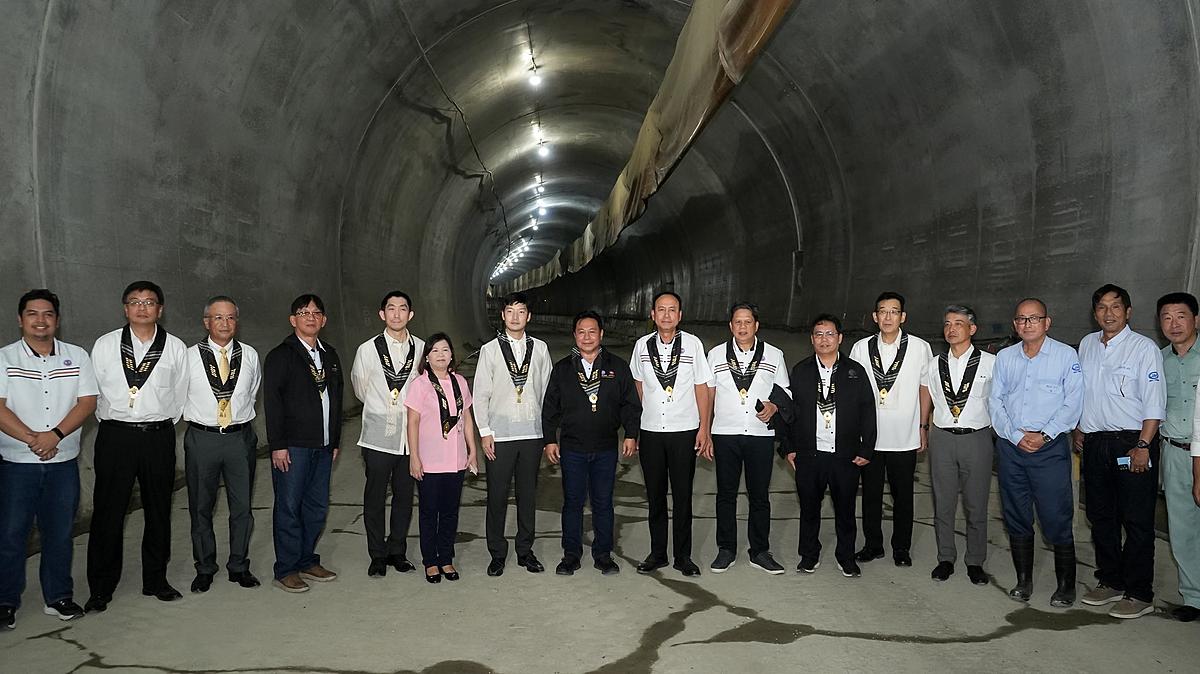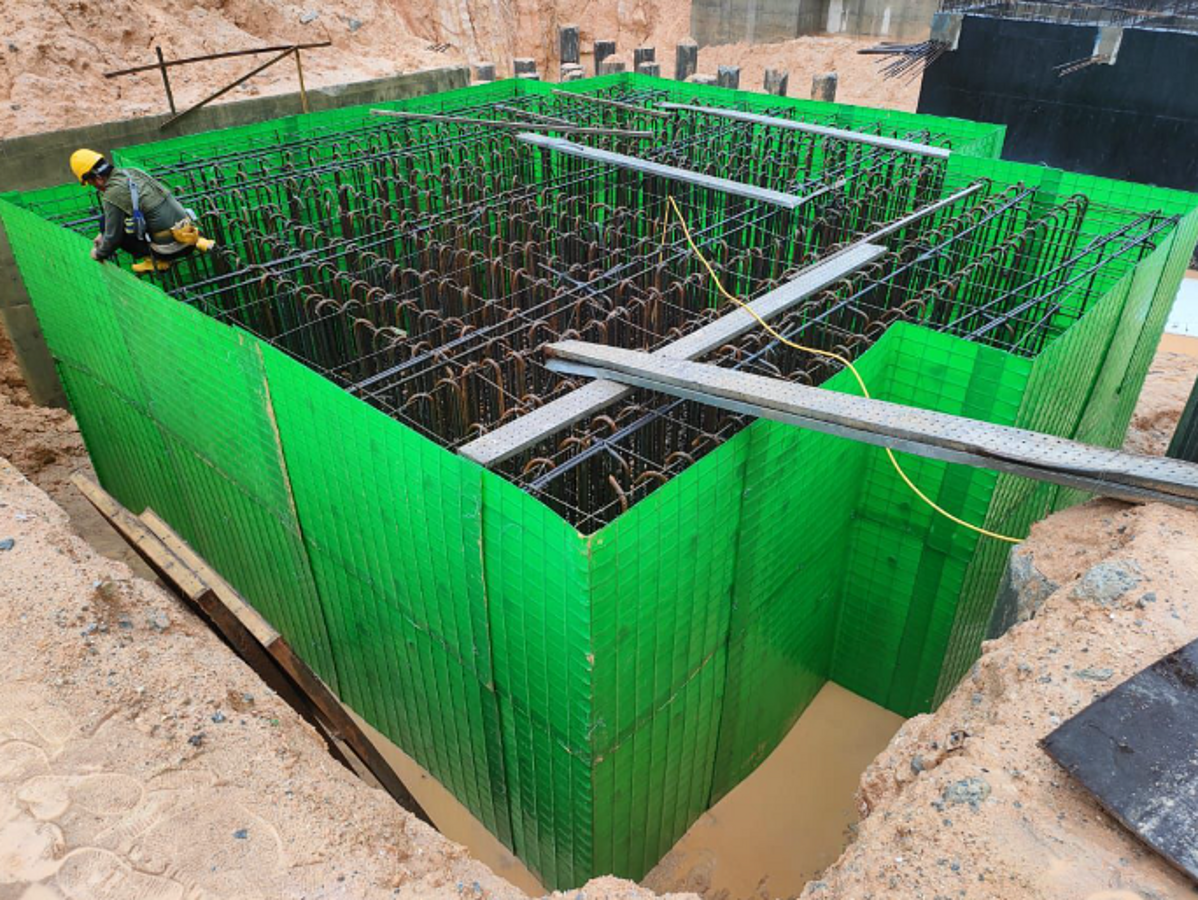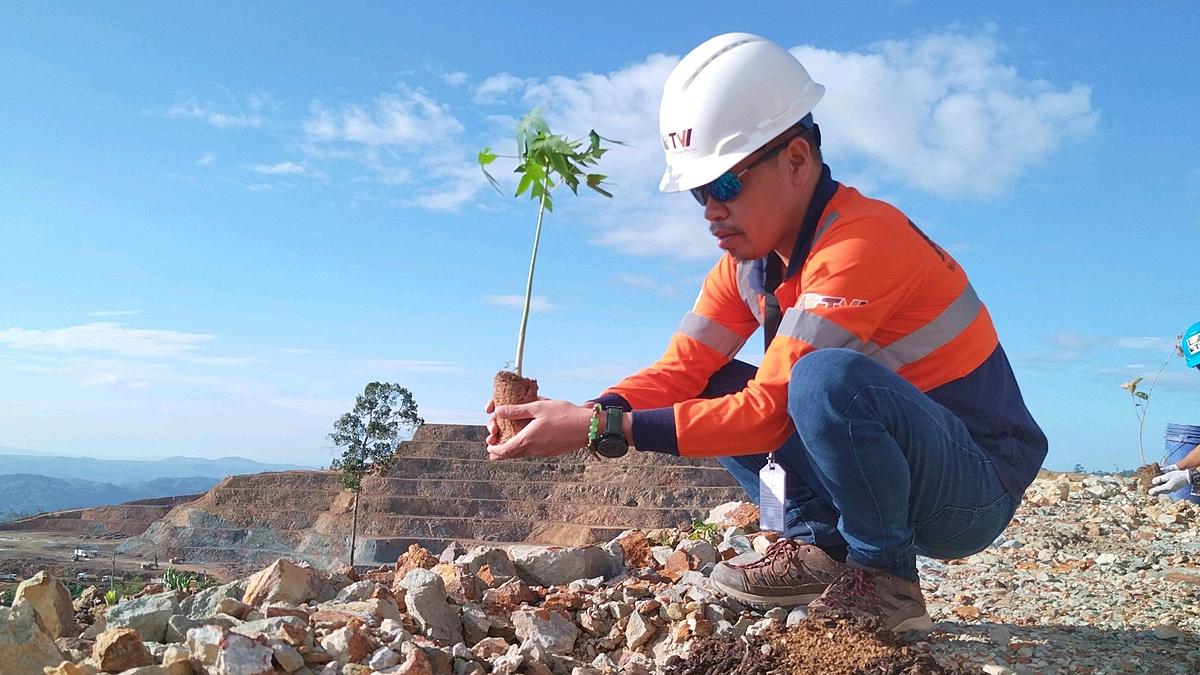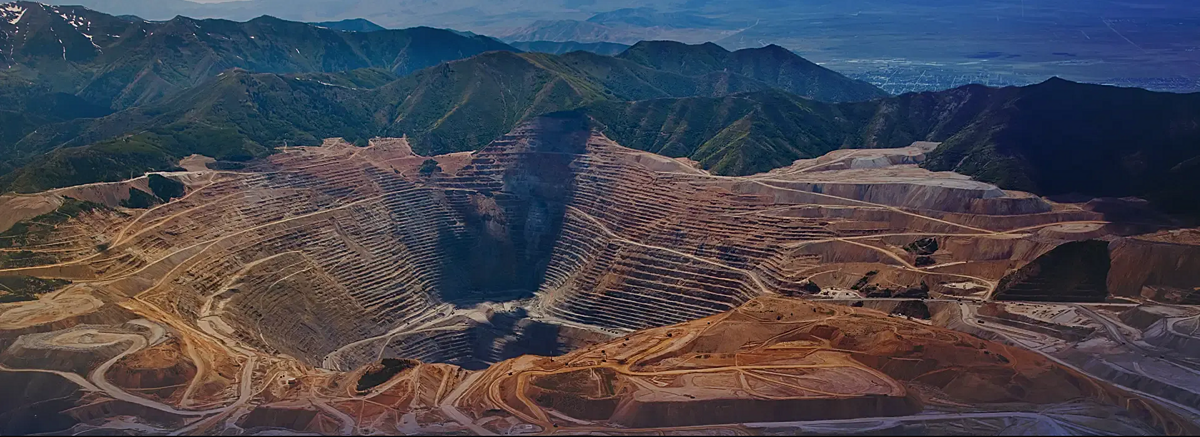The Philippine economy grew on average by 6.3 percent annually over the last decade due to the country’s sound macroeconomic policies and structural economic reforms under President Rodrigo Duterte and his predecessor Benigno Aquino III. Before the COVID-19 pandemic, the Philippine economy ranked among the best performers in Asia. A December 2019 survey showed that most Filipinos deemed that the Duterte administration was building infrastructure “better” than previous administrations through the “Build Build Build” (BBB) program. The Philippines is among the most vulnerable countries in the world susceptible to risks from climate change, and volcanic, and tectonic activities. Hazard-resilient infrastructure will help lessen the impact of natural disasters.
Regulators have markedly scaled-up public infrastructure investment, from an average of 3% of gross domestic product (GDP) during 2011–2016 to 5.1% in 2018. They plan to boost investment further to over 6% of GDP by 2022.
The Duterte administration is banking on its infrastructure development program to be the main driver of the country’s economic recovery as the Philippines is currently in economic recession caused by the COVID-19 pandemic. The Philippines has suffered from one of the region's worst COVID outbreaks and among the top 25 countries with infections and fatalities, and with the longest government-imposed lockdown. To the credit of the government, a number of infrastructure projects has seen completion despite the quarantine measures in the past months.
The two most anticipated infrastructure projects - the Metro Manila Skyway and the Metro Manila Subway, are expected to decongest the worsening transportation situation in the National Capital Region. To address capital's notoriously gridlocked roads particularly along the main artery traversing the city, the Metro Manila Skyway System (Skyway) is a 40-km long elevated expressway that cuts through greater Metro Manila. The Skyway, will connect the South Luzon Expressway with the North Luzon Expressway passing through the major cities of the National Capital Region including, Makati, Manila, Muntinlupa, Paranaque, Taguig, Quezon City, Caloocan, Pasay City and San Juan. With the completion of the Skyway Stage 3, the elevated expressway will also help cut the travel time between Metro Manila and Clark International Airport in Pampanga.
On the other hand, the Metro Manila Subway (Subway) is the most expensive transportation project undertaken by the Duterte administration. The Subway, an underground rapid transit line currently under construction, spans a 36-kilometer line, which will run north–south between Quezon City, Pasig, Makati, Taguig, and Pasay consisting of 17 stations. It will become the country's second direct airport rail link after the North–South Commuter Railway, with a branch line to Ninoy Aquino International Airport Terminal 3. It is scheduled to be partially operational in 2022 and fully operational by 2025.
In addition, construction of six railway projects is also underway. Once all the railway projects are completed, the number of stations across all railway systems will increase to 169 from 59, the number of trains to 1,425 from 221, and daily ridership to 3.26 million from 1.02 million.
Following the COVID-19 pandemic however, the “BBB” program encountered setbacks with the realignment of part of its budget to finance the government’s response to the health and socio-economic crises. In the first semester of 2020, the government’s spending on infrastructure fell by 4.3% year on year to P297.9 billion. The 2020 budgets of the implementing agencies of the BBB program were also cut to fund dole-outs and medical response costing around PHP 121.9 billion (US$2.5 billion).
The Department of Public Works and Highways (DPWH) was left with a much-lowered infrastructure program spending budget for 2020 at around PHP 458.9 billion (US$9.4 billion) down from PHP 580.9 billion (US$11.9 billion) while the Department of Transportation suffered a budget cut of around PHP 8.8 billion (US$181.2 million) from its original budget of around PHP147 billion (US$3.02 billion).
Despite budget cuts in public spending on infrastructure projects, the government has revised the list of flagship projects and reprioritized its infrastructure program. The National Economic and Development Authority Board approved a revised list of 104 projects worth P4.1 trillion under the “BBB” program. In response to the country’s post-pandemic needs, the government came out with a new list that included the national broadband program, an irrigation project, transportation infrastructure projects, health care systems, and the construction of the Virology Science and Technology Institute of the Philippines with an estimated total value of around PHP 4.1 trillion (US$84.4 billion)
Under the proposed P4.5-trillion national budget for 2021, the government increased the budget for infrastructure development by 41% to P1.107 trillion from the reduced P785.5-billion budget this year, with the biggest allocation of P157.5 billion going to the DPWH.
Reverting to PPPs
Public-Private Partnership (PPP) will play an increasingly important role in the “BBB” infrastructure plan to tap on private capital as the government’s ambitious infrastructure plans face fiscal challenges. This marks a shift back to the investment policy previously adopted by the Aquino administration and will offer more opportunities for private sector participation. However, the present administration has tighten provisions employed by the Aquino government which present regulators deem to be ‘detrimental’ to public interest, including automatic rate increases, commitments of non-interference, and non-compete clauses.
Since the start of 2020, PPP projects have reportedly raised Php1 trillion ($20.62 billion) worth of investments as approved by the Interagency Investment Coordination Committee-Cabinet Committee. These include the $15-billion second airport for Manila signed in September 2020. San Miguel Corp. entered into a $15-billion contract with the government to build Manila’s second aviation gateway in Bulacan province, 30 minutes north of the capital. The build-operate-transfer project, covered by a 50-year concession deal, calls for a new airport designed to accommodate up to 200 million passengers annually aim at decongesting the overcrowded Ninoy Aquino International Airport.
On the power side, ongoing projects include the LNG Import Facility in Batangas at the cost of $2 billion. The Department of Energy recently issued an order calling for a moratorium on the endorsements of the construction of future coal-fired power plants. Also, the DOE has finally confirmed that foreign-owned companies can engage in geothermal exploration, development, and utilization. This is provided under the Renewable Energy Law of 2008 which defined geothermal as mineral resources. The Philippine Constitution allows foreign ownership of large-scale petroleum, minerals, and mineral oils projects. These two developments are expected to benefit the incipient imported LNG and renewable energy industries.
According to the “Procuring Infrastructure PPP” component of Fitch Solutions Country Risk & Industry Research’s Project Risk Index (Fitch PRI), the Philippines has a relatively well-structured PPP framework compared to other major South-East Asian emerging markets,. Its well-developed PPP program is mainly driven by the Philippine PPP Center, an administrative body tasked with providing technical assistance to various stakeholders involved in the PPP transaction and advocating policy reforms to improve the PPP framework. There currently exists three pieces of legislature - Republic Act Nos. 9184, 6957 and 7718, which provides the legal framework in the implementation of PPP projects.
Challenges and Risks
While the PPP business environment for infrastructure has a supportive institutional framework for private sector participation, the World Economic Forum’s global competitiveness report places the Philippines among the lowest in ASEAN in key infrastructure services and substantially lower than the ASEAN average in overall infrastructure. Given the prospects of a high demand for infrastructure from economic and demographic growth, there is a need for a significant upgrade.
According to Fitch PRI, the Philippines rank lowly in both indicators of construction timeliness (Bureaucratic Environment and Construction Permit), pointing to a heightened risk of completion delays. In addition to project risk, there exists high operational risk, mainly attributable to crime and security risks, as the country suffers from high levels of crime and is vulnerable to terrorist attacks. In the 2018 Corruption Perception Index, the Philippines was ranked 99 out of 180 countries, indicating a high level of corruption which undermines the effectiveness of laws and regulations in place.
Electricity generation capacity per capita is among the lowest in ASEAN while power transmission and distribution loss is at the ASEAN average. The government must address the need to enhance capacity with the expected continuous high economic growth. Also, with the impending depletion of the Malampaya natural gas field, there is a need to replace this energy source. The Malampaya gas-to-power facility comprises 21% of the total generation mix in the country and fuels five power plants with a total generating capacity of 3,211 megawatts.
Internet speed in the Philippines is among the slowest and most expensive in the world, no thanks to under-investment, poor government policy and the country’s archipelagic nature. In a 2018 test measuring the average download speed of a 5GB file, the Philippines ranked 97th in the world (at 1hr 52min) compared to 8 min in Taiwan, 9 min in its ASEAN neighbor Singapore, and Thailand at 37 minutes. Slow internet speed puts the country at a great disadvantage. Industry consolidation in the last 30 years has resulted to the virtual duopoly of Globe Telecom and Smart Telecom. The Duterte government recently gave the third franchise to a new operator, Dito Telecom, which promised to use the latest 5G technology, install 10,000 cell sites and roll out services by March 2021.
Investors continues to face a high degree of risks as the infrastructure program is undermined by a number of major impediments, particularly the four Cs - inadequate cost recovery, corruption, insufficient competition, and low credibility of institutions. Despite having one of the most comprehensive PPP frameworks in the region, the government must institute reforms to tackle these impediments.
Improving Infrastructure Investments Management
Ensuring that the government properly manages its infrastructure spending will be a challenge. Enhancing public investment management would contribute to timely and cost-effective planning and execution of infrastructure projects. A recent IMF Public Investment Management Assessment ranks the Philippines similarly to its regional peers, but observes an efficiency gap of about 23% compared with best practices in translating public investment into infrastructure. As recommended in the report, project appraisals can be enhanced by requiring upfront identification of risk mitigation measures and publishing appraisal analyses to elicit comments from the public.
An adequate identification and management of risks will complement public sector efforts in infrastructure promotion. Regulators can also embark on an update of the legal framework to include encouraging new forms of PPPs and developing domestic capital markets that will entice more private-sector participation, as long as financial risks to the government are well managed.
Measures to promote competition and trade would reinforce the benefits of other reforms. Recent reforms have focused on reducing the costs of doing business through increased administrative and regulatory efficiency with the establishment of the Anti-Red Tape Authority, promoting one-stop shops, e-platforms, standardization of licensing procedures, and regulatory transparency. Implementation of the ease-of-doing-business law will complement efforts to cut red tape as well by increasing transparency and accountability of regulatory agencies.
Greater competition will help in managing costs and reducing risks of corruption. Although an institutional framework is in place for transparent and competitive public procurement process, reforms are still needed to ensure that the process is made more competitive. Competition is still not sufficiently effective in practice with many tenders resulting in bid rigging. Competition can also be promoted by imposing stricter sanctions on anti-competitive practices, such as larger financial penalties and longer exclusion from future tendering. Making procurement information more easily accessible and ensuring that bidders are technically and financially qualified will increase transparency. Authorities should also be insulated from short-term political pressures so as not to undermine regulatory credibility. Upgrades in public information technology infrastructure, such as e-invoicing and digital national identification cards, will also promote efficiency and transparency.
Despite recent progress, high barriers to foreign direct investment remain in the Philippines. Lowering obstacles to foreign investment, currently pegged at 40%, will stimulate private investment, ease domestic capacity constraints, and facilitate absorption of frontier technologies. Finally, tax reform can help sustain the infrastructure push while safeguarding fiscal sustainability. The government’s recent tax reforms have led to a significant increase in revenue collection but it is imperative to pass the remaining packages of reforms for further improvements in the tax system once the country is out of the pandemic crisis. These reforms will support sustainable investment in infrastructure and human capital.
Conclusion
The infrastructure industry remains an important engine of growth for the Philippine economy but despite recent progress, there still are relatively high barriers and procedural hurdles that hampers the development of its full potential. Strengthening the public procurement process with greater competition and transparency, and allowing greater foreign participation in domestic projects would help in managing costs and reducing risks. Private investment is projected to increase over time with the government’s infrastructure push and ongoing economic policy reform efforts, which will lead to higher economic growth and subsequent investments in education, health care, digital technologies, climate change and natural disasters mitigation.
Fernando “Ronnie” S. Penarroyo specializes in Energy and Resources Law, Project Finance and Business Development. He may be contacted at fspenarroyo@gmail.com for any matters or inquiries in relation to the Philippine resources industry. Atty. Penarroyo’s commentaries are also archived at his professional blogsite at www.penarroyo.com
References
Hilotin, Jay, Philippines: $85 Billion Infrastructure Spending in 104 Projects, Gulf News, 01 October 2020, https://gulfnews.com/business/philippines-85-billion-infrastructure-spending-in-104-projects-1.1601554247671
Malindog-Uy, Anna, “Build Build Build” Program Amid a Pandemic, The ASEAN, 13 September 2020, https://theaseanpost.com/article/build-build-build-program-amid-pandemic
Noble, Luz Wendy T., Infrastructure Push to Aid Recovery, BusinessWorld, 14 September 2020, https://www.bworldonline.com/infrastructure-push-to-aid-recovery/
Philippines IMF Country Report 20/36, 06 February 2020, https://www.imf.org/en/Publications/CR/Issues/2020/02/05/Philippines-2019-Article-IV-Consultation-Press-Release-and-Staff-Report-49021
Philippine Infrastructure To Rely More On Private Capital, Infrastructure & Project Finance / Philippines, Fitch Solutions Country Risk & Industry Research, 12 November 2019, https://www.fitchsolutions.com/infrastructure-project-finance/philippine-infrastructure-rely-more-private-capital-12-11-2019
Takuji, Komatsuzaki, Improving Public Infrastructure in the Philippines, Asian Development Review, vol. 36, no. 2, pp. 159–184, 2019, https://www.imf.org/external/pubs/ft/wp/2016/wp1639.pdf
The Philippines: A Good Time to Expand the Infrastructure Push, IMF Country Focus, 06 February 2020, https://www.imf.org/en/News/Articles/2020/02/06/na020620the-philippines-a-good-time-to-expand-the-infrastructure-push



